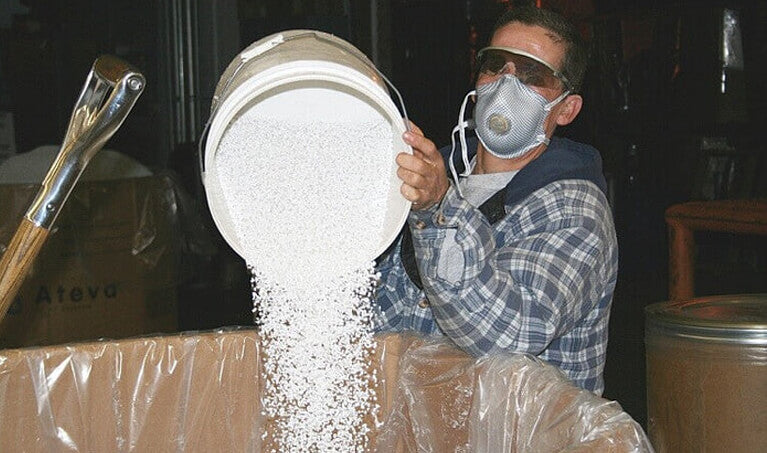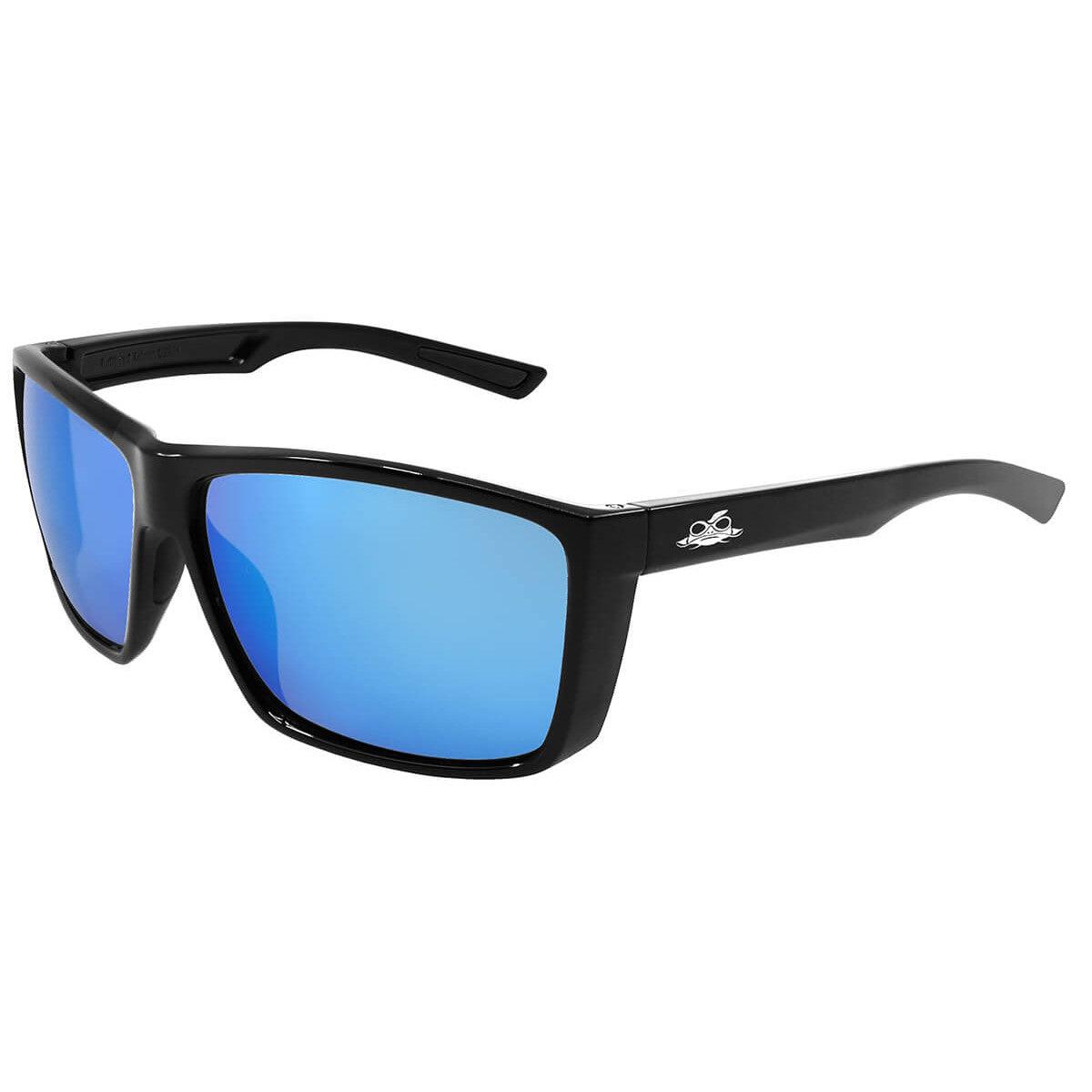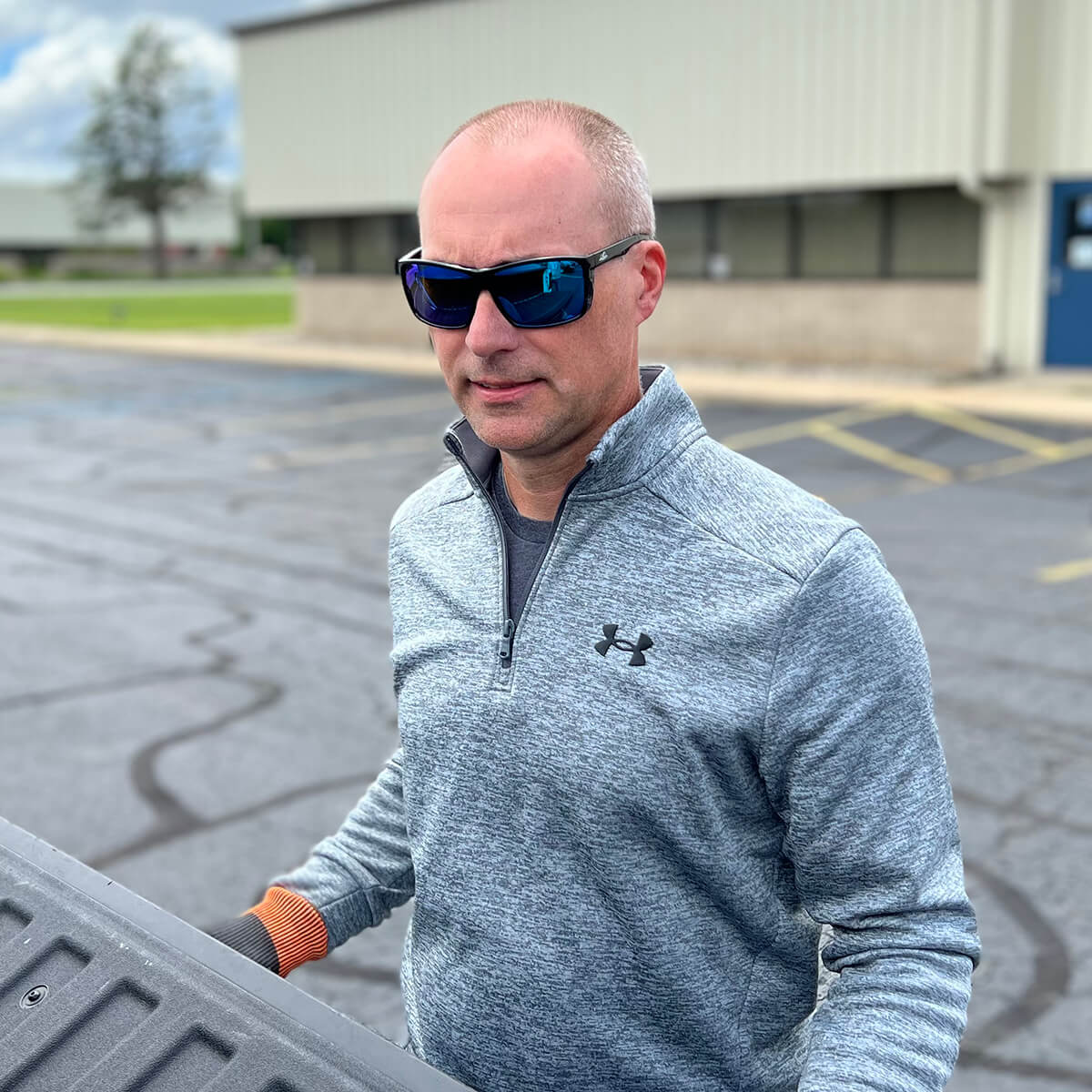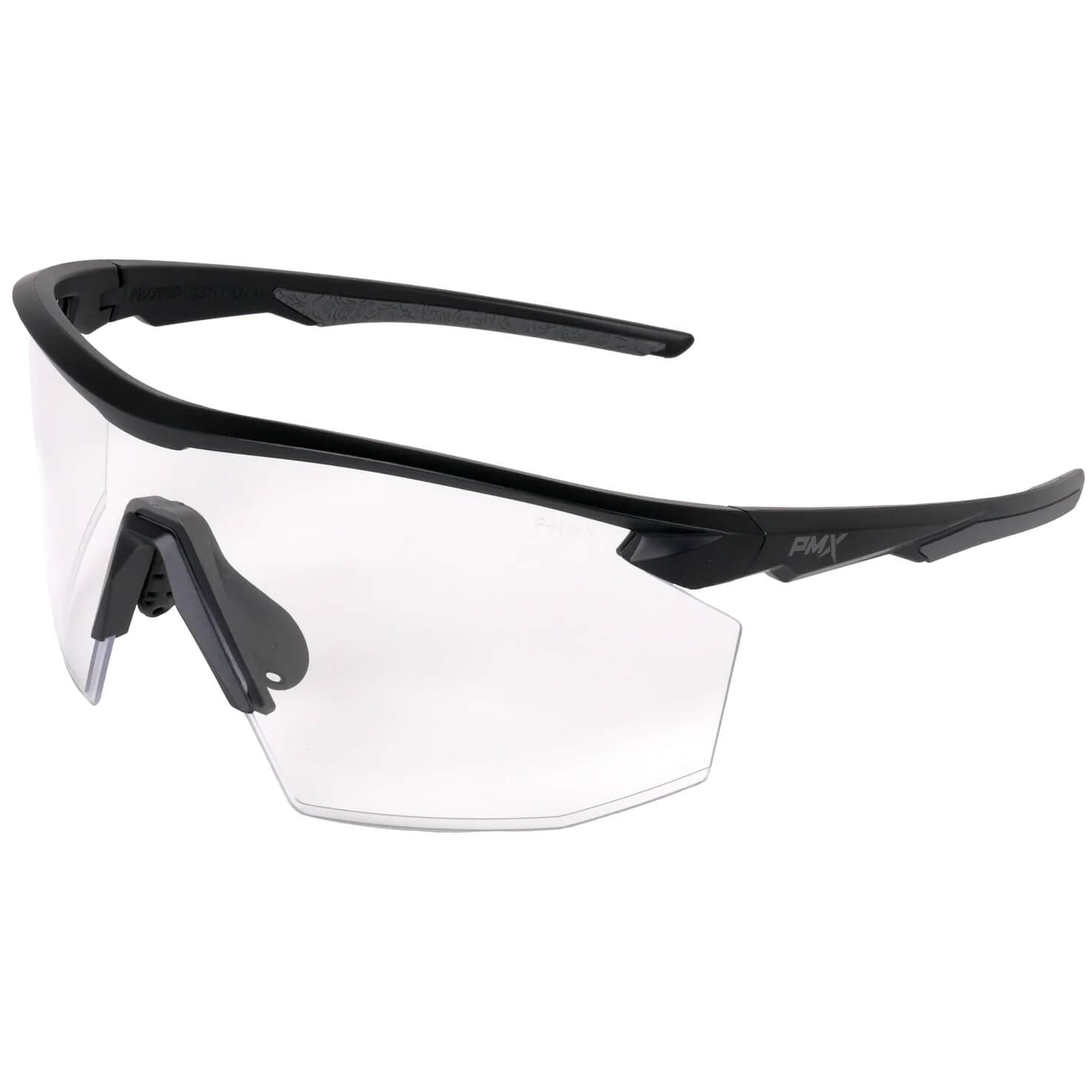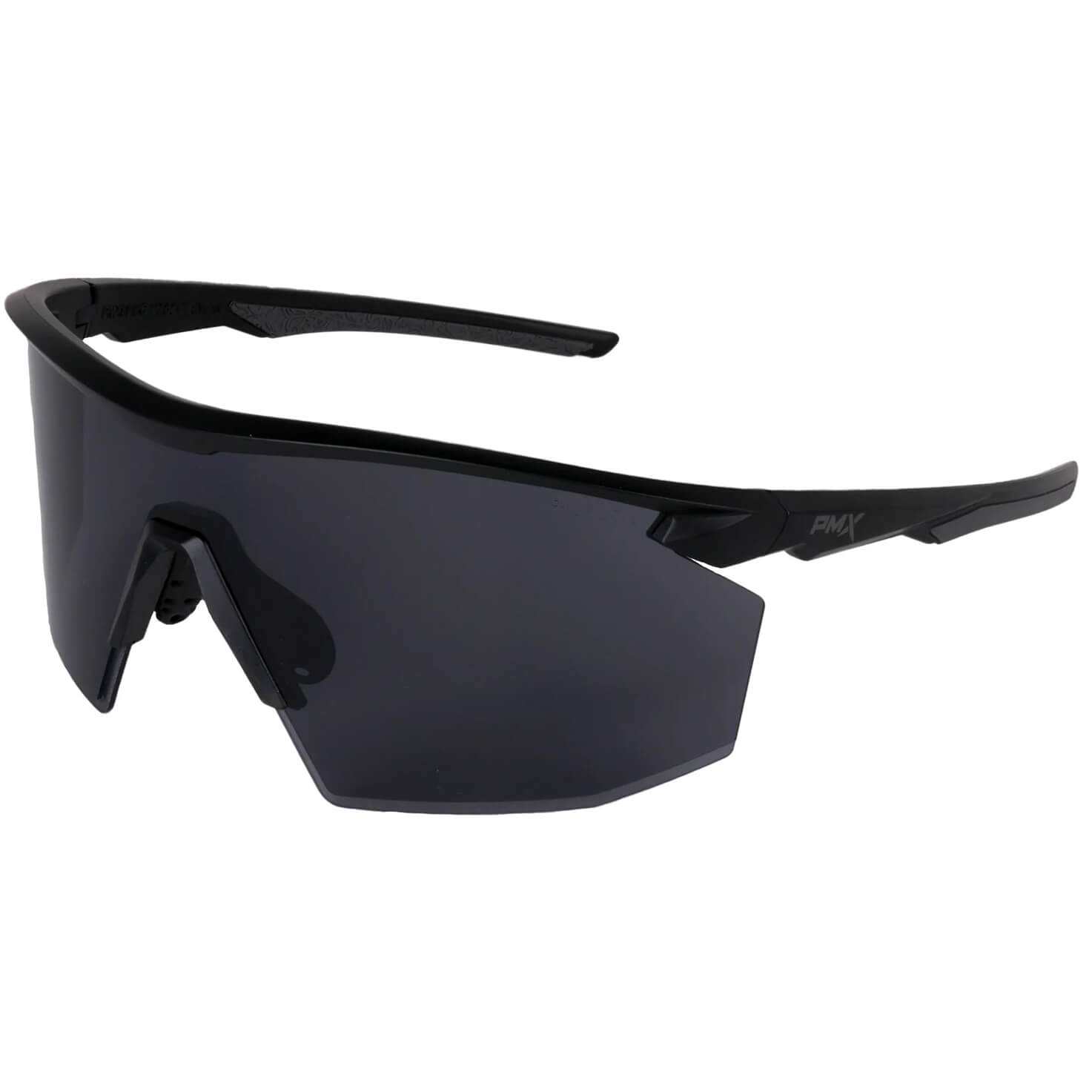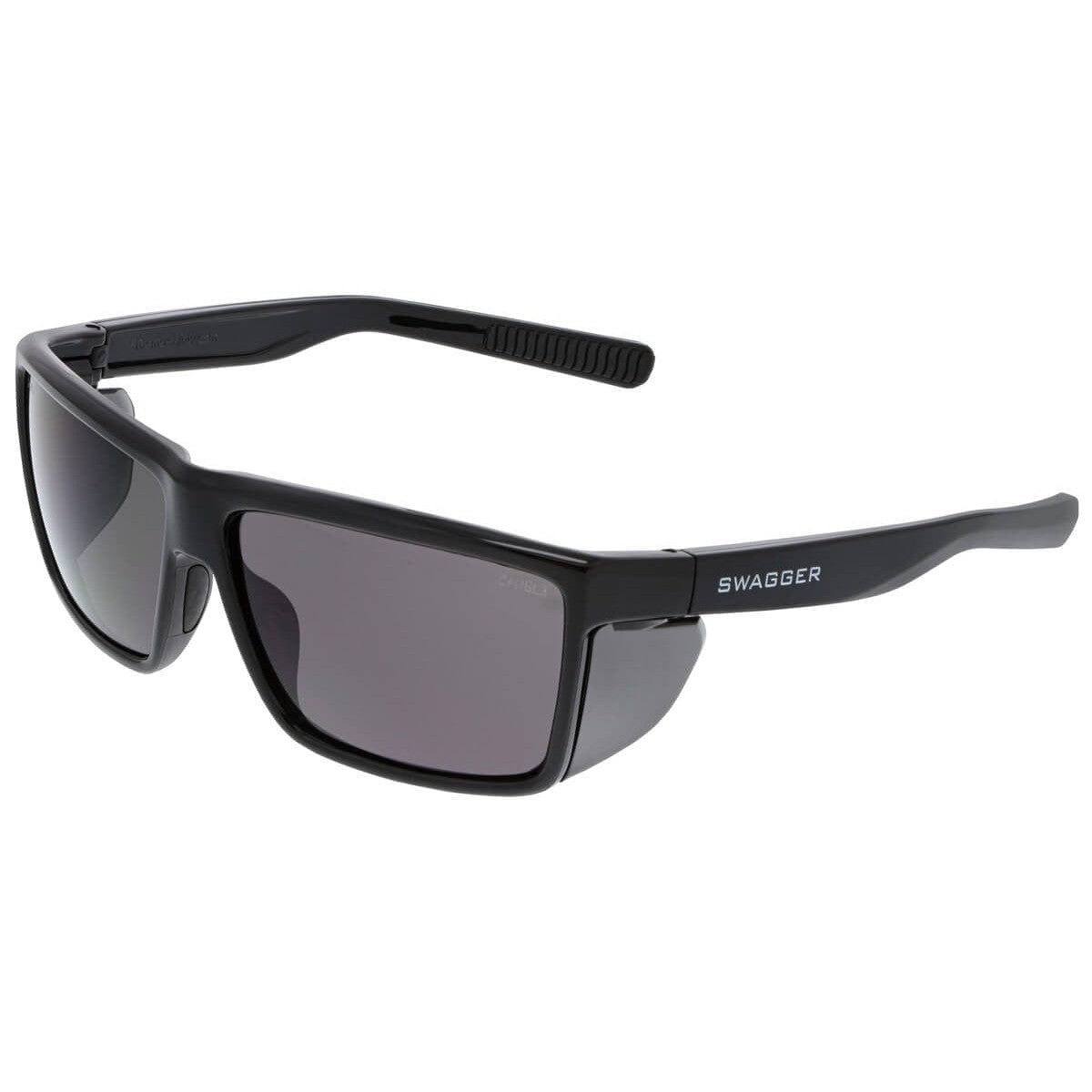What are particulate respirators?
Particulate respirators are protective devices that purify the air you breathe. Everyday activities such as home improvements, arts and crafts, gardening, and many workplace activities involve contaminants (e.g., dust, pollen, vapors, sprays, mold spores, etc.) that may be in the air all around you. Particulate respirators essentially guard lungs against these small yet potentially hazardous particles.
Protective, disposable particulate respirators use straps to form a tight seal around your nose and mouth. Because these respirators only cover half your face, unless you are also wearing safety goggles, they should only be worn when the contaminants in your environment are non-toxic to your eyes and skin.
When should you wear a particulate respirator?
According to OSHA, millions of workers are required to wear respirators in workplaces throughout the United States. In addition, many at-home activities also warrant protection from air-born contaminants. Here are some of the most common applications for wearing a particulate respirator.
During Any Dust-Producing Activities
Wear a respirator whenever you engage in dust-producing activities such as sanding, spray painting, sweeping, grinding, etc. Examples of such activities include the following and can be found both in the workplace and at home.
- Using a power saw for building or tiling
- Working with non-rigid insulation (the pink, fluffy kind)
- Fertilizing the yard and garden
- Mowing and blowing leaves
When Working with Chemicals
Wear a respirator with chemicals such as bleach-based household cleaning products irritating nasal passages and sinuses. Read labels carefully. Anytime a label says, "Avoid breathing vapors or mist," wear a respirator.
During Many Artistic Activities
Artists, artisans, and hobbyists often work around dust, fumes, sprays, and mists. In addition, art supplies such as charcoals and paints contain any number of other potentially hazardous materials. Potters, for example, are at risk of inhaling clay particles and glazing dust. Wearing a particle filter mask is essential for lung protection and can help ensure the enjoyment of your favorite activities for a long time.
To Protect from Allergens
Allergy sufferers can avoid breathing airborne allergens that lead to sneezing, itchy eyes, scratchy throats, and the respiratory distress of asthma by wearing particulate respirators. In the spring and fall, seasonal pollen and mold spores are usually at their worst. Fortunately, an inexpensive particulate respirator can provide significant relief.
In Case of an Emergency
Hopefully, you'll never need a particulate respirator for an emergency, but it is wise to have at least one for every family member in your emergency kit. Dust, smoke, ash, and mold spores often fill the air after earthquakes, fires, tornadoes, hurricanes, volcanic eruptions, etc., which harm lung tissue. Adding respirators to your emergency kit offers valuable protection in uncertain, rapidly changing conditions.
Which one should you wear?
According to the CDC on their Respirator Fact Sheet, Particulate respirators are the simplest, least expensive, and least protective of the available respirator types. The commonly known "N-95" filtering facepiece respirator, worn by many healthcare workers today, is one type of particulate respirator.
“Individuals wearing certified N95 filtering facepiece respirators can screen about 95% of airborne particles if fitted correctly.” (UC expert on aerosol studies explains performance of respiratory devices)
The following are examples of the N-95 particulate respirators.
While knowing what they are and when to wear them is important, knowing how long you should wear a particulate respirator and how to achieve the best protection and fit from one is essential.
How long should you wear a particulate respirator?
To be effective, wear respirators throughout exposure to contaminants. Move to a non-contaminated area if the respirator becomes difficult to breathe through or damaged. Be sure to replace the respirator before returning to the contaminated area.
In addition, follow these tips to ensure any respirator you use works correctly.
- Always refer to the time-use restrictions in the users' manual to determine how long a respirator can be worn before it needs to be replaced.
- Remember that respirators with filters must have the filter replaced whenever it is damaged, soiled, or creating breathing problems.
- Check the outside of the filter before each use. Replace if soiled or damaged.
- Replace the respirator if the mask tears or the straps have lost their elasticity.
What is the best way to wear a particulate respirator?
Beards, facial hair, or anything else that prevents direct contact between the face and the edge of the respirator reduces its effectiveness. Also, understand that using a respirator will not prevent contaminants from entering your body through your skin or eyes. If additional protective gear such as gloves, safety glasses, and safety goggles is required, be sure to outfit yourself appropriately.
How can you achieve a proper fit every time?
Knowing you should wear a particulate respirator is only meaningful if you wear them consistently and correctly. Follow these steps to help you do this.
- Cup both hands in front of the mask.
- Avoid pushing on the mask.
- Inhale deeply, making sure the dust mask collapses slightly towards your face.
You have a proper fit if the mask is drawn in and no air leaks around the edges. If you do not have a proper fit, readjust the straps or reposition the respirator. Repeat the above steps until you have a good fit, and always read the users' manual for other specific fitting instructions.
Protect your lungs from harmful particles in the air at home and work. Wearing a respirator can be vital to your health. But don't let preventable lung damage take your breath away.

